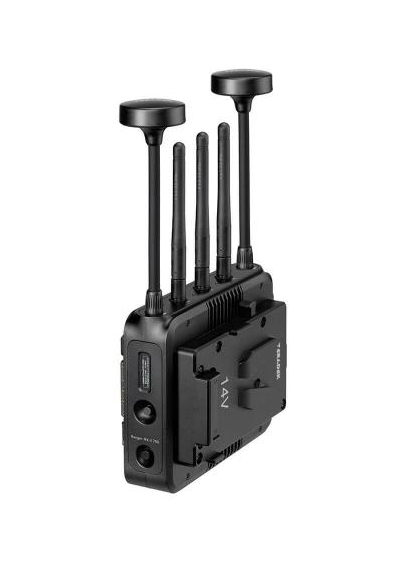In the ever-evolving world of technology, the terms “wireless HDMI” and “Wi-Fi” often intersect, leading to confusion about their relationship. Many people wonder whether wireless HDMI requires Wi-Fi to function. In this article, we will dissect the relationship between wireless HDMI and Wi-Fi, shedding light on how these technologies coexist and exploring their individual roles in modern connectivity. Additionally, we will touch on the concept of “follow focus” to provide a comprehensive understanding of wireless HDMI applications.
Wireless HDMI: A Brief Overview
Wireless HDMI, as previously discussed, is a technology that enables the wireless transmission of high-definition video and audio signals from a source device to a display device. It does so without the need for physical cables, making it a versatile solution for a wide range of applications, from home entertainment to professional presentations.
Wi-Fi: The Wireless Network Backbone
Wi-Fi, short for Wireless Fidelity, is a wireless networking technology that allows devices to connect to the internet and communicate with each other through radio waves. Wi-Fi operates on a set of standards defined by the IEEE 802.11 family. It is the backbone of wireless internet connectivity in homes, offices, public spaces, and virtually everywhere with network access.
The Relationship Between Wireless HDMI and Wi-Fi:
- Wireless HDMI Utilizes Different Frequencies: Wireless HDMI operates on dedicated radio frequencies that are separate from Wi-Fi. It typically uses the 5GHz frequency band to transmit video and audio signals. This separation ensures that wireless HDMI does not interfere with standard Wi-Fi networks.
- No Direct Dependency on Wi-Fi: Wireless HDMI systems do not depend on Wi-Fi networks to function. They create a direct point-to-point connection between the transmitter (source device) and the receiver (display device), which can be established independently of any Wi-Fi network.
- Wi-Fi Can Coexist: While wireless HDMI and Wi-Fi operate independently, they can coexist in the same environment. This means that you can have both your Wi-Fi network for internet connectivity and a wireless HDMI connection for streaming content to a display device without interference.

Applications of Wireless HDMI:
Wireless HDMI finds applications in various scenarios, where the elimination of cables and the need for mobility are critical. One such application that has gained prominence is “follow focus.”
Follow Focus: A Wireless HDMI Application
Follow focus is a technique commonly used in filmmaking and video production. It involves adjusting the focus of a camera lens to keep a moving subject in sharp focus as it moves through the frame. This technique is often employed when shooting dynamic scenes, such as action sequences or fast-paced dialogues.
Wireless HDMI plays a crucial role in follow focus by allowing the camera operator or focus puller to remotely monitor the camera’s viewfinder or monitor from a distance. Here’s how it works:
- Camera Setup: The camera is equipped with a wireless HDMI transmitter, which sends the video feed wirelessly to a monitor or display.
- Monitor Setup: The monitor, positioned at a convenient location for the camera operator or focus puller, is equipped with a wireless HDMI receiver. It receives the video feed from the camera.
- Remote Monitoring: The camera operator or focus puller can monitor the live video feed on the remote monitor in real time. This allows them to make precise adjustments to the focus, ensuring that the subject remains sharp and in focus throughout the shot.
- Wireless Freedom: The wireless nature of the HDMI connection provides the freedom to move around the set or location while maintaining a clear view of the camera’s output.
In Conclusion:
In summary, wireless HDMI and Wi-Fi are distinct technologies with their own purposes and functionalities. Wireless HDMI does not require Wi-Fi to function, as it operates on separate radio frequencies and establishes a direct connection between source and display devices. While they can coexist in the same environment, their roles differ significantly.
Wireless HDMI’s application in “follow focus” showcases its versatility in the world of filmmaking and video production, providing a wireless solution for remote monitoring and precise focus adjustments. Understanding the relationship between wireless HDMI and Wi-Fi is essential for making informed decisions about connectivity in various scenarios, where the flexibility and convenience of wireless video transmission are paramount.